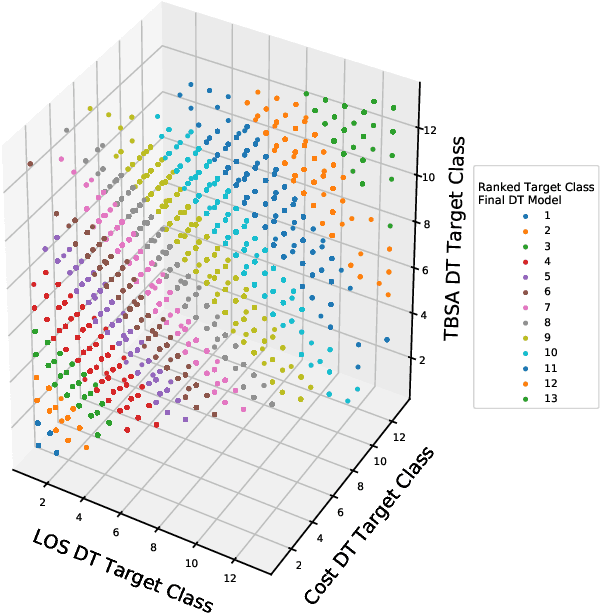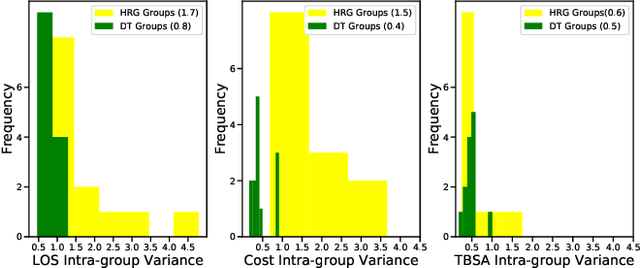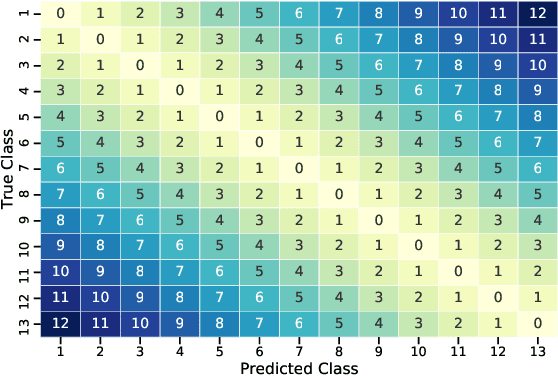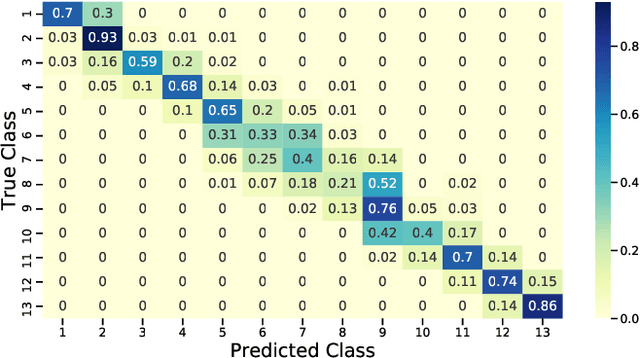Towards a fairer reimbursement system for burn patients using cost-sensitive classification
Paper and Code
Jul 01, 2021



The adoption of the Prospective Payment System (PPS) in the UK National Health Service (NHS) has led to the creation of patient groups called Health Resource Groups (HRG). HRGs aim to identify groups of clinically similar patients that share similar resource usage for reimbursement purposes. These groups are predominantly identified based on expert advice, with homogeneity checked using the length of stay (LOS). However, for complex patients such as those encountered in burn care, LOS is not a perfect proxy of resource usage, leading to incomplete homogeneity checks. To improve homogeneity in resource usage and severity, we propose a data-driven model and the inclusion of patient-level costing. We investigate whether a data-driven approach that considers additional measures of resource usage can lead to a more comprehensive model. In particular, a cost-sensitive decision tree model is adopted to identify features of importance and rules that allow for a focused segmentation on resource usage (LOS and patient-level cost) and clinical similarity (severity of burn). The proposed approach identified groups with increased homogeneity compared to the current HRG groups, allowing for a more equitable reimbursement of hospital care costs if adopted.
 Add to Chrome
Add to Chrome Add to Firefox
Add to Firefox Add to Edge
Add to Edge